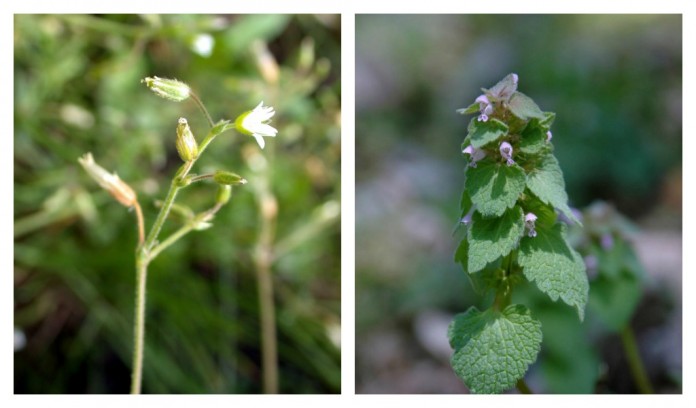
You can get the best weed control in your alfalfa fields simply by paying closer attention to alfalfa management.
A healthy stand can combat more than 95% of weed competition. Proper fertilization, use of disease-resistant varieties, insect control, cutting management, and use of herbicides are necessary to provide a competitive alfalfa stand, resulting in excellent weed control. If weeds become a problem, they can compete or interfere for light, nutrients, water, and space directly influencing yield and standability.
Late summer management
In late summer alfalfa seedings, weeds emerging with the crop are the most competitive, so try to maintain your forage relatively weed-free for the first 60 days. Weeds emerging beyond 60 days will not influence next year’s alfalfa yield, but weeds emerging beyond 60 days may reduce forage quality.
Winter annual weed competition in early spring is most damaging to forages, and broadleaf weeds are generally more competitive against alfalfa than grassy weeds. Hopefully perennial weeds and annual weeds in no-tillage alfalfa were controlled prior to seeding.
What to watch for
For late summer alfalfa seedings, winter annual weeds will be the most detrimental, especially next spring. Winter annual weeds presenting a potential problem include: common chickweed, purple deadnettle, henbit, field pennycress, shepherd’s-purse, yellow rocket, and wild turnip. In fact, common chickweed infestations in alfalfa have been reported to reduce forage stand by more than 30 percent.
Winter annual weeds and some summer annual weeds will be emerging with the alfalfa and winter annual weeds can continue emerging beyond alfalfa emergence into November. Control of winter annual weeds during seedling establishment should reduce the establishment of winter annual weeds in later years. Volunteer wheat can be a problem if alfalfa is planted into wheat stubble.
What to use
Herbicides available to control weeds postemergence in seedling alfalfa include bromoxynil, 2,4-DB, Pursuit, and Raptor.
In Roundup Ready alfalfa, Extreme and glyphosate can be applied. In non-Roundup Ready alfalfa, Raptor controls the most weeds with little residual control. Pursuit controls winter annual weeds just as effectively as Raptor, but provides longer residual control than all postemergence herbicides, especially when applied at six ounces per acre.
If winter wheat is present, clethodim will need to be added to Raptor or Pursuit. If wild turnip is present, 2,4-DB at one quart per acre may need to be added to Raptor or Pursuit to provide complete control.
In Roundup Ready alfalfa, apply glyphosate at 0.75 to 1.5 pound acid equivalent per acre (22 to 44 fluid ounces of a Roundup product) or Extreme at 2.2 to 4.4 pints per acre when alfalfa is in the three to four leaf stage.
It is best to make a glyphosate application to Roundup Ready alfalfa to control the non-Roundup Ready plants in the population to provide a better stand establishment. The application of Extreme will provide some residual control of winter annual weeds, especially at 4.4 pints per acre.












